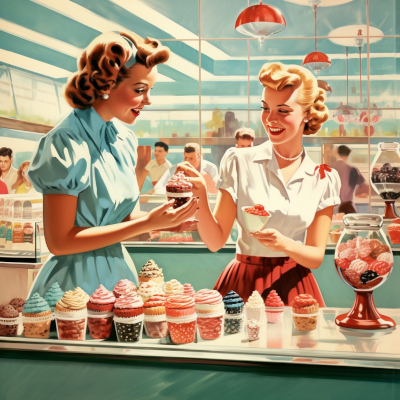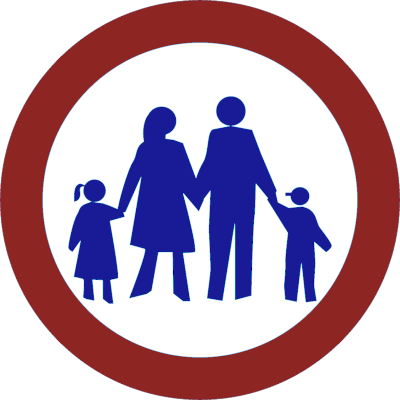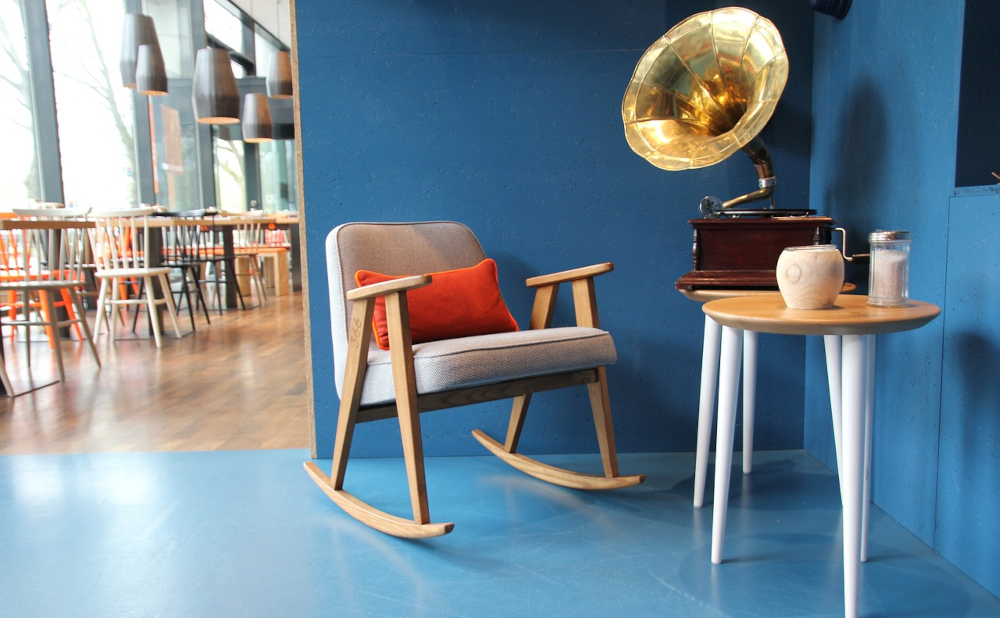How did Housewives in the 1950s and 60s Keep Themselves from Going Crazy? |
 Lifestyle
Lifestyle
In an era where technology was not as it is today, housewives relied heavily on building relationships with their neighbors and friends. They formed tight-knit communities, regularly gathering for coffee mornings, luncheons, and card parties. These gatherings provided more opportunities to connect with other housewives, share experiences, and find a support system. Through these interactions, they were able to combat feelings of isolation and maintain their mental well-being.
Housewives in the 1950s and 60s often turned to hobbies and interests to keep themselves engaged and avoid the monotony of their daily routines. Sewing, knitting, and other crafts were immensely popular, allowing housewives to express their creativity and create something tangible. Many also took up gardening as a way to beautify their homes and connect with nature. By immersing themselves in these activities, housewives found an outlet for their energies and a sense of accomplishment.
Despite being primarily focused on their domestic responsibilities, housewives in the 1950s and 60s recognized the importance of education and self-improvement. Many enrolled in evening classes or correspondence courses to learn new skills or pursue personal interests. This provided them with intellectual stimulation and a sense of personal growth. By continuing to learn and expand their knowledge, housewives were able to combat the stagnation that sometimes accompanied their role.
Housewives in the 1950s and 60s were not merely confined to their homes. They actively participated in community organizations, volunteered, and contributed to the betterment of their neighborhoods. Whether it was organizing charity events or participating in local clubs and associations, these activities gave housewives a sense of purpose and allowed them to make a positive impact beyond their households. Through community involvement, they developed a sense of belonging and fulfillment.
While the term "self-care" may be a recent buzzword, housewives in the 1950s and 60s recognized the importance of taking care of their own well-being. They prioritized personal grooming, exercise, and relaxation to recharge their batteries and maintain their mental health. Whether it was engaging in simple beauty routines, going for walks, or indulging in hobbies that brought them joy, housewives understood that taking care of themselves was crucial for their overall happiness and mental well-being.

Housewives in the 1950s and 60s faced unique challenges in maintaining their sanity within the confines of their domestic roles. However, through building social bonds, pursuing hobbies, continuing education, active community involvement, and prioritizing self-care, they found ways to overcome these challenges and keep themselves from going crazy. Their ability to adapt, find fulfillment, and maintain a sense of purpose despite the limitations of their time is a testament to their strength and resilience.
Thank you for visiting us. Please visit us again. You are always welcome.
AND:
Remember! At SurfSideSafe, we are here to make your life much better.

Upload☻Create☻Connect
All in one place
And we actually listen
👉 See why people are making the switch